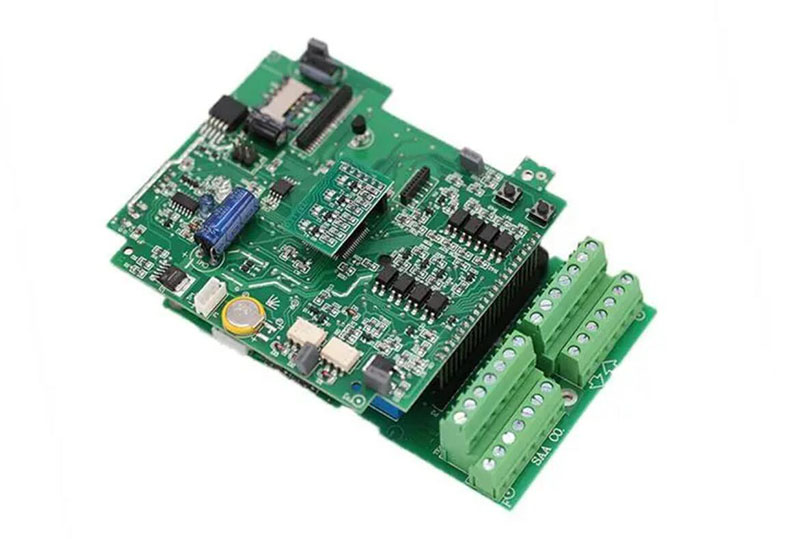Medical PCB boards circuit boards are an important part of circuit components and devices in electronic products. Even if the circuit schematic is designed correctly and the printed circuit board is not designed properly, the reliability of the electronic product will be adversely affected. So it should be designed according to certain principles.

一、The medical PCB board layout design should follow the principles:
First, consider the size of the medical PCB board. When the PCB size is too large, the printed line will be very long, the impedance will increase, the noise immunity will be reduced, and the cost will increase; if the PCB size is too small, the heat dissipation will be poor, and adjacent lines will be easily disturbed. After determining the size of the printed circuit board, it is also necessary to determine the location of special components. All components of the circuit are then arranged according to the functional units of the circuit.
Determine the location of special components in accordance with the following principles:
1、Shorten the connections between high-frequency components and minimise their distribution parameters and mutual electromagnetic interference. Components susceptible to interference must not be placed too close to each other, and input and output components should be as far away as possible.
2、There may be a large potential difference between certain components or wires, and the distance between them should be increased to avoid accidental short-circuiting due to discharges. High-voltage components should be arranged as far as possible in places that are difficult to reach during commissioning.
3、Components weighing more than 15 grams should be fixed with brackets and then welded. Components that are large and heavy and generate a lot of heat should not be mounted on the printed circuit board but on the chassis base plate of the whole machine, and heat dissipation should be considered. Hot components should be kept away from heating components.
4、For the layout of adjustable components such as potentiometers, adjustable inductors, variable capacitors and microswitches, the structural requirements of the whole machine should be considered. If adjustments are made inside the machine, they should be placed on the printed circuit board where they can be easily adjusted. If adjustments are made outside the machine, their positions should match the positions of the adjustment knobs on the chassis panel.
5、The position occupied by the holes for positioning the printed circuit board and the fixing brackets should be preserved.

二、In the circuit components of the medical PCB board layout, must meet the requirements of anti-interference design:
1、according to the circuit flow to arrange the location of each functional circuit unit, in order to make the layout to facilitate the flow of signals, and keep the signal in the same direction.
2、Take the core component of each functional circuit as the centre and arrange it around it. Components should be evenly, neatly and compactly arranged on the medical PCB. Minimise and shorten the leads and connections between components.
3、For circuits operating at high frequencies, the distribution parameters between components must be considered. Usually, the circuits should be connected in parallel as much as possible. In this way, it is not only aesthetically pleasing, but also easy to install and solder, and easy to mass production.
4、located at the edge of the circuit board components are usually not less than 2mm from the edge of the circuit board. the shape of the circuit board is rectangular. Length and width pairs for 3:2 or 4:
三、 when the size of the circuit board is larger than 200 × 150mm, the mechanical strength of the circuit board should be considered.


